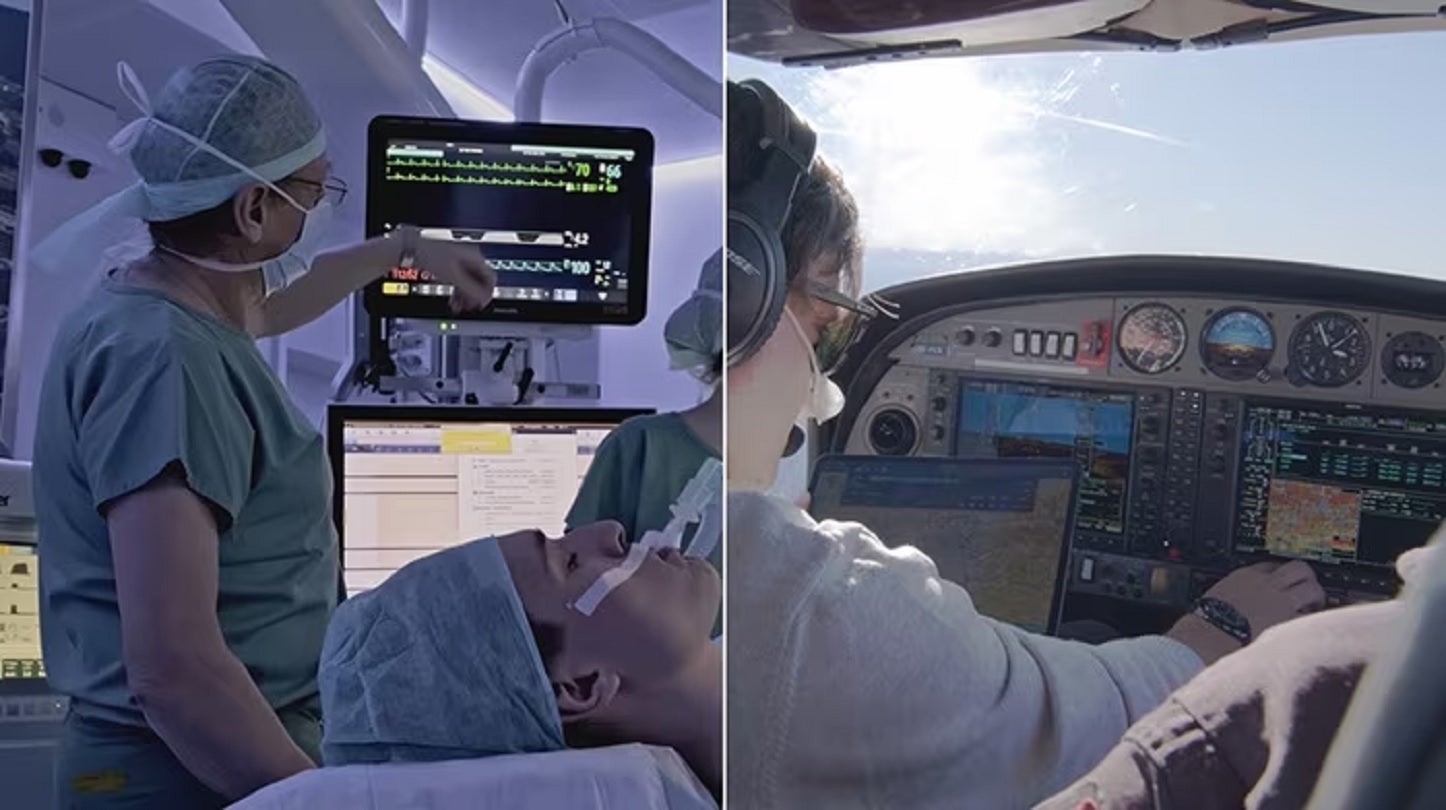
Top of FormRoyal Philips has unveiled a monitoring solution called Visual Patient Avatar, which simplifies complex patient data into a user-friendly visual format.
In operating rooms, information overload and time constraints are said to often lead to poor situational awareness, causing anaesthesia-related errors.
Visual Patient Avatar addresses this issue by using animations, colours, and shapes to represent vital information, making it easier for anaesthesiologists and nurse anaesthetists to understand and process critical data.
This solution was developed in collaboration with clinicians at the Visualisation Technology Research Group at the Institute of Anaesthesiology, University Hospital of Zürich.
The idea for Visual Patient Avatar is claimed to have been inspired from the clear, visual representations found on airplane flight dashboards.
This solution aims to reduce human errors in the operating room by presenting information in a clear, logical manner that is easy to comprehend.
How well do you really know your competitors?
Access the most comprehensive Company Profiles on the market, powered by GlobalData. Save hours of research. Gain competitive edge.

Thank you!
Your download email will arrive shortly
Not ready to buy yet? Download a free sample
We are confident about the unique quality of our Company Profiles. However, we want you to make the most beneficial decision for your business, so we offer a free sample that you can download by submitting the below form
By GlobalDataPhilips stated that the development of Visual Patient Avatar involved validation and refinement through studies with more than 150 clinicians in Swiss hospitals.
The results showed that it improved the recall of vital signs, increased the perception of vital signs, and reduced the perceived workload.
During the first use of Visual Patient Avatar, 73% of vital sign information was correctly identified.
Philips hospital patient monitoring general manager Christoph Pedain said: “Created by anaesthesiologists for anaesthesiologists and nurse anaesthetists, the intentionally simple design of Visual Patient Avatar is having a profound impact on clinical confidence and addressing cognitive overload.
“By helping clinical care teams make timely decisions without losing their cognitive focus, they can prepare for what may come next – improving patient outcomes and saving lives.”







